How to create classic guitar tones using a virtual amp rig
Thanks to the power and flexibility of plugin effects, a world of legendary guitar sounds awaits you…
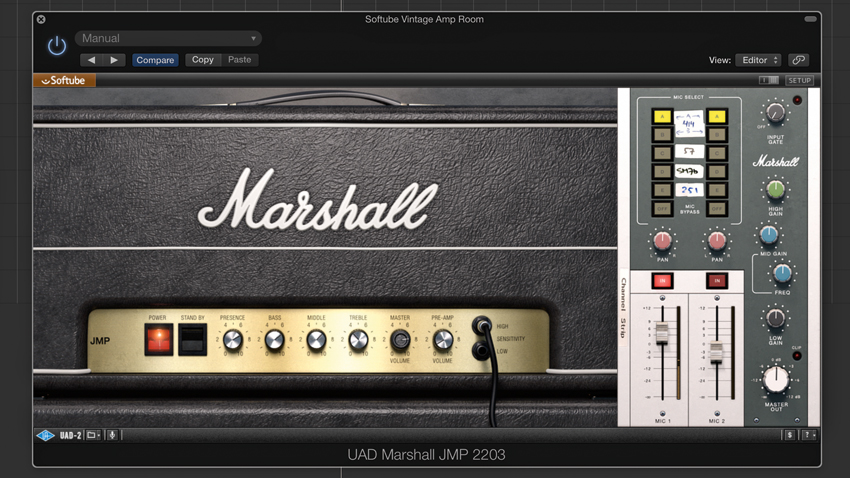
With today's software guitar amp sims being so packed with virtual amps, cabs and effects modules, you'd think dialling in the best-known tones from the annals of modern music history would be easy. And you'd be right!
In this walkthrough we'll put together a series of virtual rigs, using a range of plugins, designed to specifically emulate the sounds of various genres, bands and guitarists. For more software guitar amplification and processing advice, pick up the December 2016 edition of Computer Music.
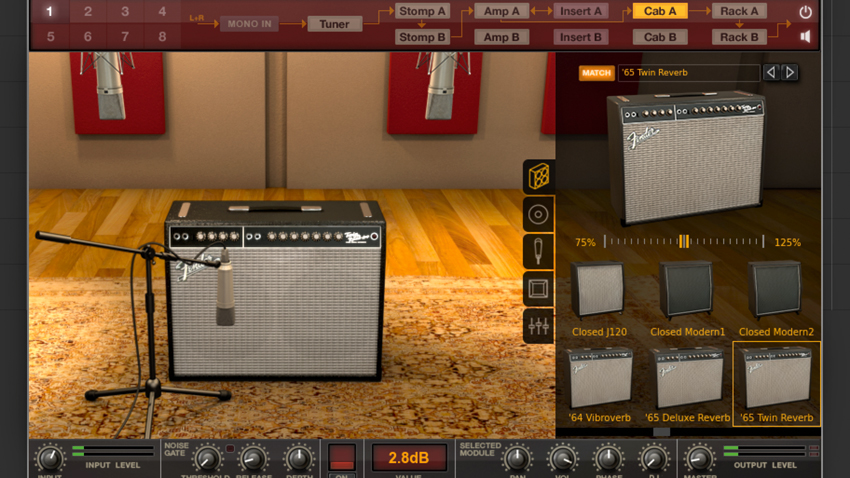
Step 1: The classic Fender amp sound has peppered classic pop and rock tracks for over 50 years - bright and twangy with a touch of amp drive and some spring reverb. Here, we're using Amplitube 4's Fender Twin Reverb amp. Set the Treble and Bass to maximum and the Volume to 4 or 5 for some drive. Finish off with Reverb set to 3 or 4.
Flat
Virtual sound

Step 2: Marshall defined the rock sound of the 80s with their JMP and then JCM800 guitar amps. We're using Softube's excellent JMP 2203 emulation for a crunchy (not fuzzy) sound that chimes with harmonics. We have the Pre-amp set low (1) and Master high (8) with Presence and Treble set to enhance the ringing. Bass and Middle then add the desired weight and body.
Virtual sound
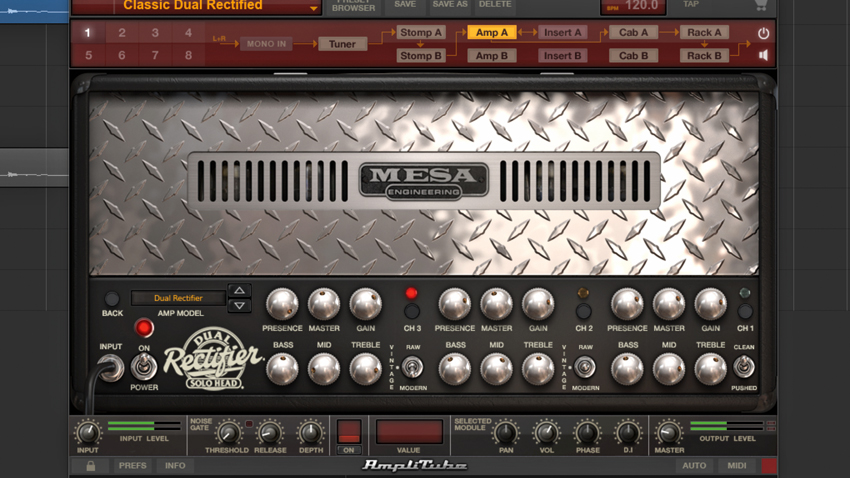
Step 3: Modern rock and metal (think Foo Fighters) uses a distinctive overdriven guitar sound with a scooped midrange. Amplitube 4's Mesa/Boogie Dual Rectifier emulates the amp often used for this. Select Channel 3 with the Modern setting activated, and use a moderate Gain (about 1 o'clock). For bite, wind up the Treble and Presence, then reduce the mid and boost the bass for that scooped tone.
Flat
Virtual sound
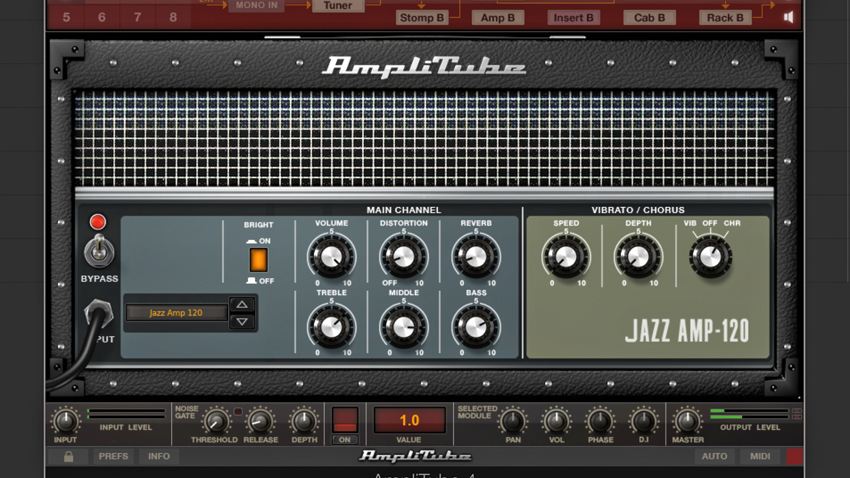
Step 4: For a clean, chorus-infused guitar sound like The Police or The Smiths, you need the Roland JC120 amp, and Amplitube 4's Jazz Amp 120 is a good emulation. Set the Distortion close to minimum (but not off), and tailor the tone controls to taste, using the Bright option if required. Select the Chorus in the effects section and finish with a touch of Reverb.
Flat
Virtual sound
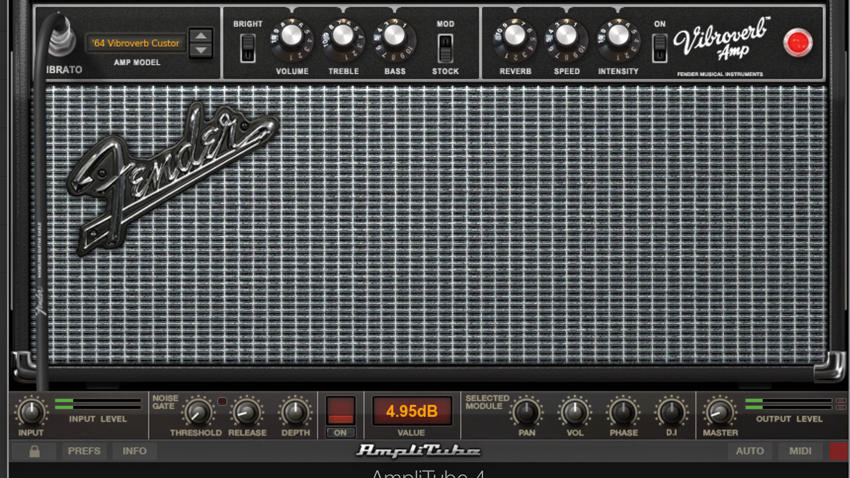
Step 5: Classic surf guitar (Dick Dale for example) is easily achieved with an emulation of a 60s Fender amp (we're using Amplitube 4's Vibroverb). Set the preamp (Volume) for moderate drive, adjusting the tone controls for a bright, thin sound. Set the vibrato to slow and the Reverb level almost at maximum. Finally, compress the whole sound - we're using a rack compressor.
Get the MusicRadar Newsletter
Want all the hottest music and gear news, reviews, deals, features and more, direct to your inbox? Sign up here.
Flat
Virtual sound
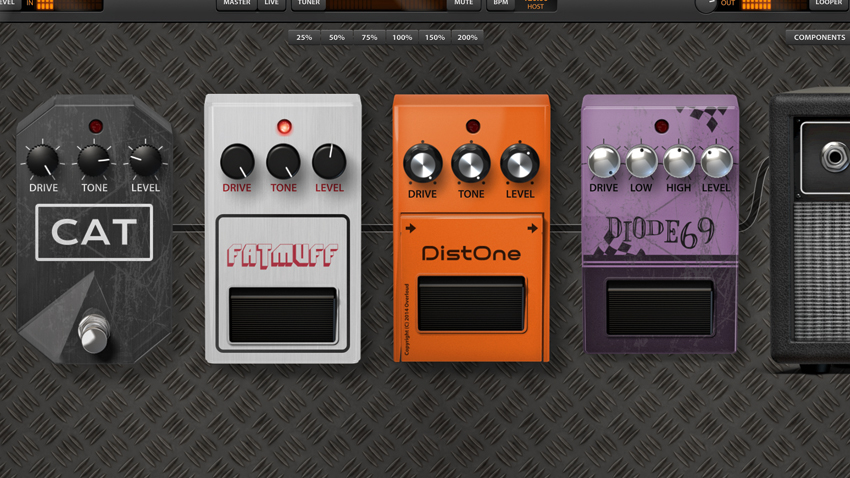
Step 6: To achieve fuzzy or messy distortion (Nirvana, for example), the best option is to use a pedal before the amp, with the amp set quite clean. Here we're using Overloud TH3, choosing from non-endorsed emulations of the ProCo RAT (Cat), Electro-Harmonix Big Muff (FatMuff) and Boss DS-1 (DistOne) plus a simple diode based distortion (diode69).
Flat
Basic diode style
Big Muff style
DS-1 style
RAT style
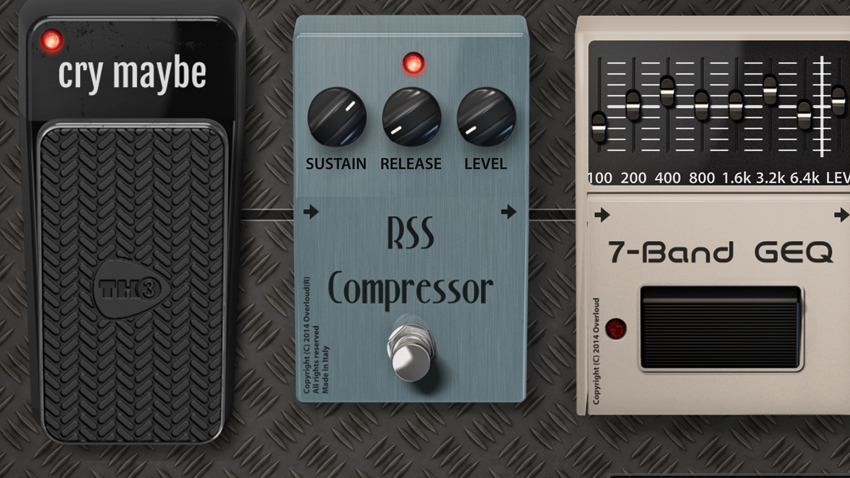
Step 7: The Wah-wah pedal is an adjustable filter with a resonant peak. For your classic rhythmic 'wacka wacka' effect (as in the Shaft theme tune), rock the pedal forward and back in time with the track. For a lyrical effect on lead lines, rock it forward and back quickly on the attack of each note. Here we're using TH3's Cry Maybe pedal, using DAW automation for the moves.
Funky wah riff
Lead wah riff
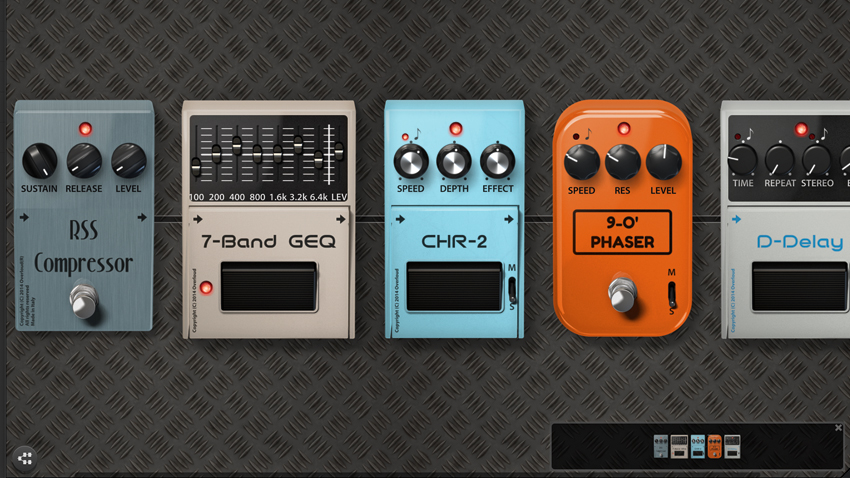
Step 8: For a tight, funky Nile Rodgers sound, pedals are often all you need. Here, our Overloud TH3 pedal chain starts with a compressor, with high sustain and short release. Next, we enhance the body and picking with EQ boosts at 400Hz and 3.2kHz. Slow modulation (both chorus and phaser) is next, and some slapback delay (around 100ms) adds ambience.
Flat
Add comp
Add EQ
Add chorus
Add phaser
Add delay
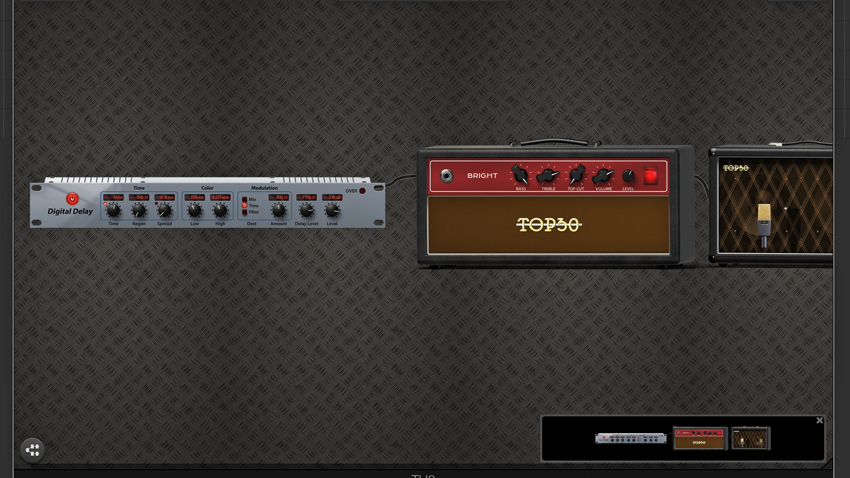
Step 9: Combining pedal and rack effects with virtual amp tones creates impressive stadium-ready effects like U2's The Edge. One popular technique uses tempo-synced delay to build rhythmic parts from simple patterns. Here, our rack delay is positioned before the amp, set to 1/8d with minimum Regeneration but a high Delay Level, and we've added delay modulation to make things more interesting.
Flat
Full effect no mod
Full effect
Computer Music magazine is the world’s best selling publication dedicated solely to making great music with your Mac or PC computer. Each issue it brings its lucky readers the best in cutting-edge tutorials, need-to-know, expert software reviews and even all the tools you actually need to make great music today, courtesy of our legendary CM Plugin Suite.










